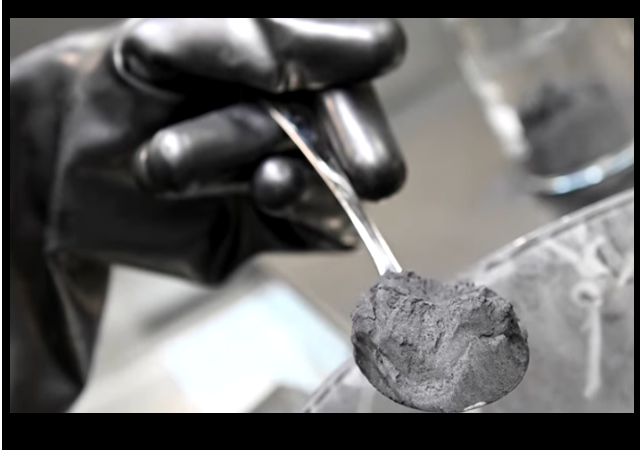China Tightens Exports on Graphite, a Key Component of EV Batteries

It turns out graphite isn’t only used in pencils. The compound, a crystalline form of the element carbon, is most commonly used to serve as the anode material batteries for electric vehicles (EVs) due to its relatively low-cost and energy density.
China, the top graphite producer, has just announced that it will begin tightening the supply and require export permits for some graphite products to protect national security.
It also refines more than 90% of the world’s graphite into the material that is used in virtually all EV battery anodes, which is the negatively charged portion of a battery.”This bold and unexpected move by China in graphite has taken us by surprise, arriving far sooner than anyone could have predicted,” said Kien Huynh, chief commercial officer at Alkemy Capital Investments , which is focused on developing projects in the energy transition metals sector.Beijing requires the export permits at a time when many foreign governments are ratcheting up pressure on Chinese companies over their industrial practices.
This development presents a significant challenge to US EV battery manufacturing and could be a substantial setback for a burgeoning industry.
In the U.S., there are four lithium-ion battery plants in operation, with another 21 in development. At full capacity, these plants are expected to require about 1.2 million tons of spherical graphite—a refined form used as anodes in lithium-ion batteries—every year, according to the United States Geological Survey.Graphite can be produced either from naturally mined material or in a synthetic process using petroleum feedstocks. China is by far the leader in both areas.Last year, China mined 850,000 tons of natural graphite, about 65% of the world’s total production. The country also processed most of the battery-grade spherical graphite.The U.S., on the other hand, doesn’t mine or produce any natural graphite. From 2018 to 2021, about 33% of U.S. imports came from China, followed by 18% and 17% from Mexico and Canada, respectively.
With the supplies of a key component of the essential batteries decreasing, prices can be expected to rise….making it more challenging to market (especially to increasingly cash-strapped consumers). Perhaps American car makers are looking farther down the road at EV realities.
With Ford’s all-electric F-150 Lightning out on the open road for over a year, you would think that General Motors is eager to create some electric pickup segment competition. But the Ford’s competitor, the Chevrolet Silverado EV, is not ready for prime time and GM is actually pushing its launch back by a whole year.Why is GM taking what seems like a drastic action? Diminished demand for new EVs, the automaker says, among other engineering challenges. GM says that demand is so down, in fact, that it is diverting 1000 employees from its Orion Assembly plant in Lake Orion, Michigan (which is currently being retooled for EV production), to other Michigan assembly facilities.It’s in GM’s best interest to retool its Orion plant for electric truck manufacturing, as the facility will phase out Chevrolet Bolt production later this year, though it’s surprising to see a manufacturer delay what is likely to be its flagship EV. But GM isn’t alone in its assessment of the EV market, as Ford temporarily slows down F-150 Lightning production.Neither automakers conceded that these production problems were a result of the current United Auto Workers strike, either. And it’s not just Ford and GM that are struggling with an alleged EV market lull, as companies like Lucid Motors produced 30% fewer models this quarter. Similarly, F-150 Lightning sales were down 46% in the last three months.
China’s move may make EVs an even more important issue in the upcoming presidential campaign.
They [EVs] have become a political football,’ said Ford Motor Chief Executive Officer Jim Farley, as he lamented the increasingly political environment surrounding the subject of electric vehicles.In a recent statewide survey of Michigan voters, Trump led Biden 46 percent to 43 percent among the state’s United Auto Workers union members.The drop in Biden’s numbers among union workers is likely due to the president’s vocal support of EVs.
CLICK HERE FOR FULL VERSION OF THIS STORY